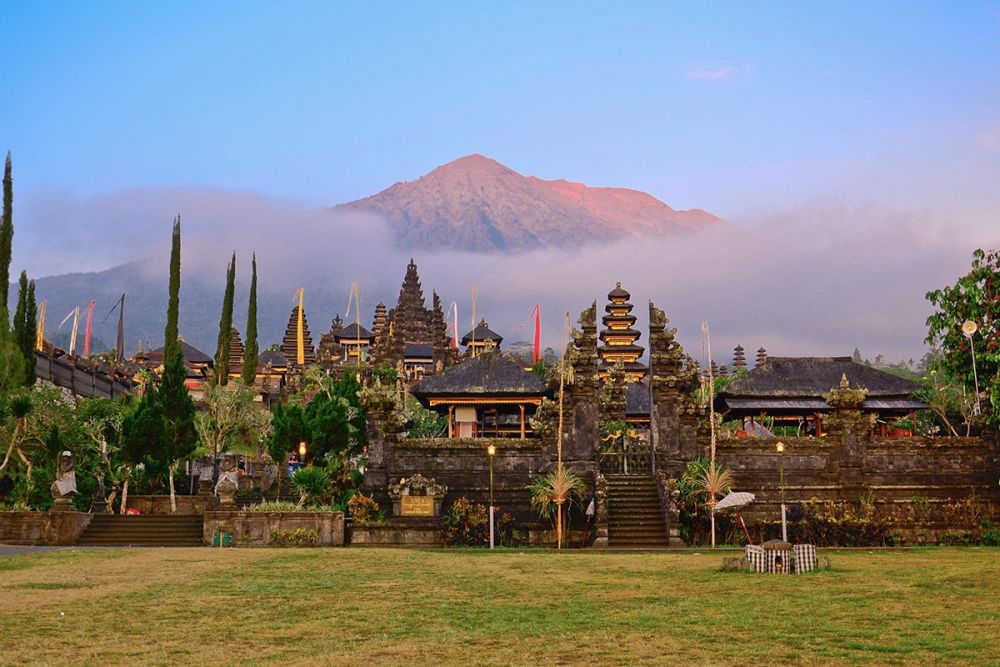

The Besakih Temple, commonly known as the 'Mother Temple of Bali', sits majestically on the slopes of Mount Agung, the highest mountain on the island. The optimal time to visit Besakih Temple is during the dry season, which stretches from April to October. During this time, the weather is conducive for exploring, with minimal rainfall and lower humidity levels. The dry season also coincides with some of the temple's most colorful ceremonies, providing visitors with the opportunity to experience Balinese Hindu culture in full vibrancy. It is advisable to plan your visit earlier in the morning to avoid the midday heat and the influx of tourists that typically occurs in the afternoon.
Additionally, the period around April also marks Nyepi, the Balinese Day of Silence, which is preceded by various rituals and processions that add to the cultural tapestry of Bali. Visiting in the weeks leading up to Nyepi can offer a unique cultural insight, though it's important to note that Bali comes to a standstill on Nyepi Day itself, with no arrivals or departures from the island. If you visit outside of the dry season, be prepared for sporadic showers and more humid conditions, which can still offer a distinctive ambience, though potentially less comfort and visibility when touring the temple complex. Avoiding peak tourist times, such as late December and early January, may also enhance your visit, offering a more serene experience of this spiritual landmark.
| Month | Min Temp | Max Temp |
|---|---|---|
| January | 22 °c | 29 °c |
| February | 22 °c | 29 °c |
| March | 22 °c | 30 °c |
| April | 22 °c | 30 °c |
| May | 21 °c | 30 °c |
| June | 20 °c | 29 °c |
| July | 20 °c | 28 °c |
| August | 20 °c | 28 °c |
| September | 21 °c | 29 °c |
| October | 22 °c | 29 °c |
| November | 22 °c | 30 °c |
| December | 22 °c | 30 °c |